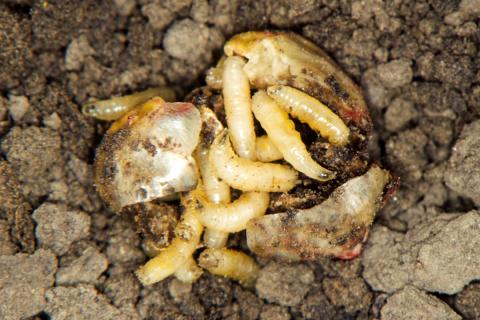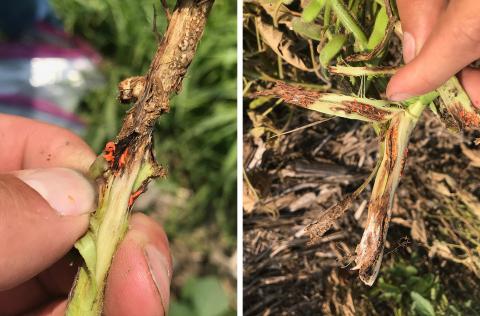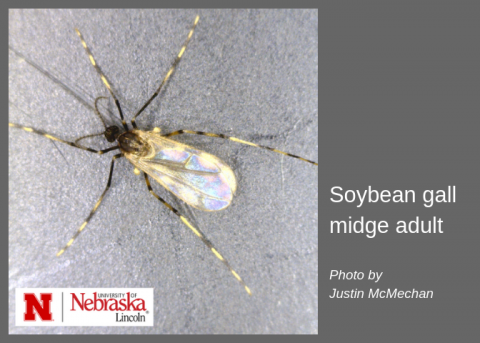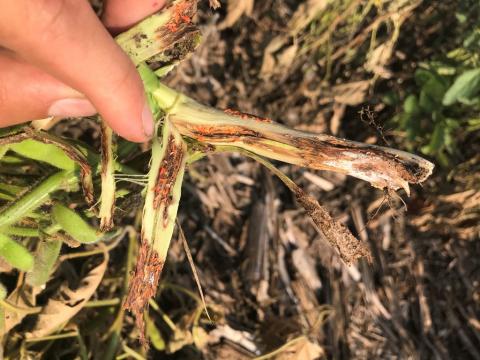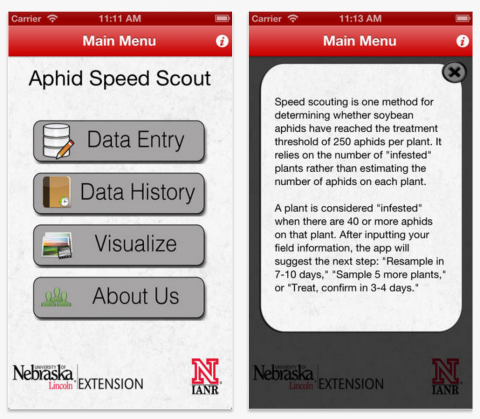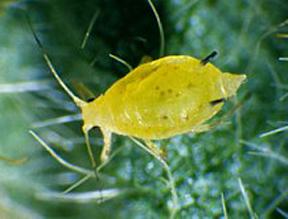Light Trap Data Available Online
June 5, 2024
UNL Extension Entomology is monitoring crop insect pests (primarily moths) using black light traps at university facilities at North Platte, Clay Center, Mead and Concord.
Avoiding Injury from Seed Corn Maggot
May 20, 2020
We have received several reports of injury from seed corn maggot that has reduced stands of Nebraska soybeans. Learn why they may have been more problematic this year.
Grower Input Sought at Dec. 20 Soybean Gall Midge Meeting
December 12, 2018
Growers who dealt with soybean gall midge infestations in 2018 and those interested in learning more about this emerging soybean pest are invited to attend a roundtable discussion Dec. 20. Grower input can help share research efforts being planned for 2019.
Soybean Gall Midge: Adult Stage Identified
November 7, 2018
The adult of the soybean gall midge, a new pest in north central US soybean production, has now been verified, allowing growers to add a new photo to their "Most Wanted" list for spring scouting.
Survey of Orange Gall Midge in Nebraska: A Potential Pest of Soybeans
August 23, 2018
A relatively new insect in soybean, the orange gall midge has now been confirmed in 15 eastern Nebraska counties.Growers and consultants are invited to submit reports of orange gall midge in counties where it hasn't previously been identified.
Scouting for Soybean Stem Borer Damage
August 9, 2018
High populations of soybean stem borers may predispose your field to lodging and complicate harvest. Fields with higher levels of injury should be harvested first to minimize lodging losses.
Scouting and Managing Soybean Aphids
August 2, 2018
Recommendations for scouting and managing soybean aphids, including why the 250-aphids-per-plant threshold is used. Two tools―an app and Excel worksheet―can help speed up scouting in the field and indicate when treatment is warranted.
August Prime Time for Soybean Aphids
August 2, 2018
Soybean aphid populations can explode in August under favorable conditions. Vigilant scouting is recommended, especially in northeast Nebraska where populations have historically been highest, to allow for timely management decisions.

